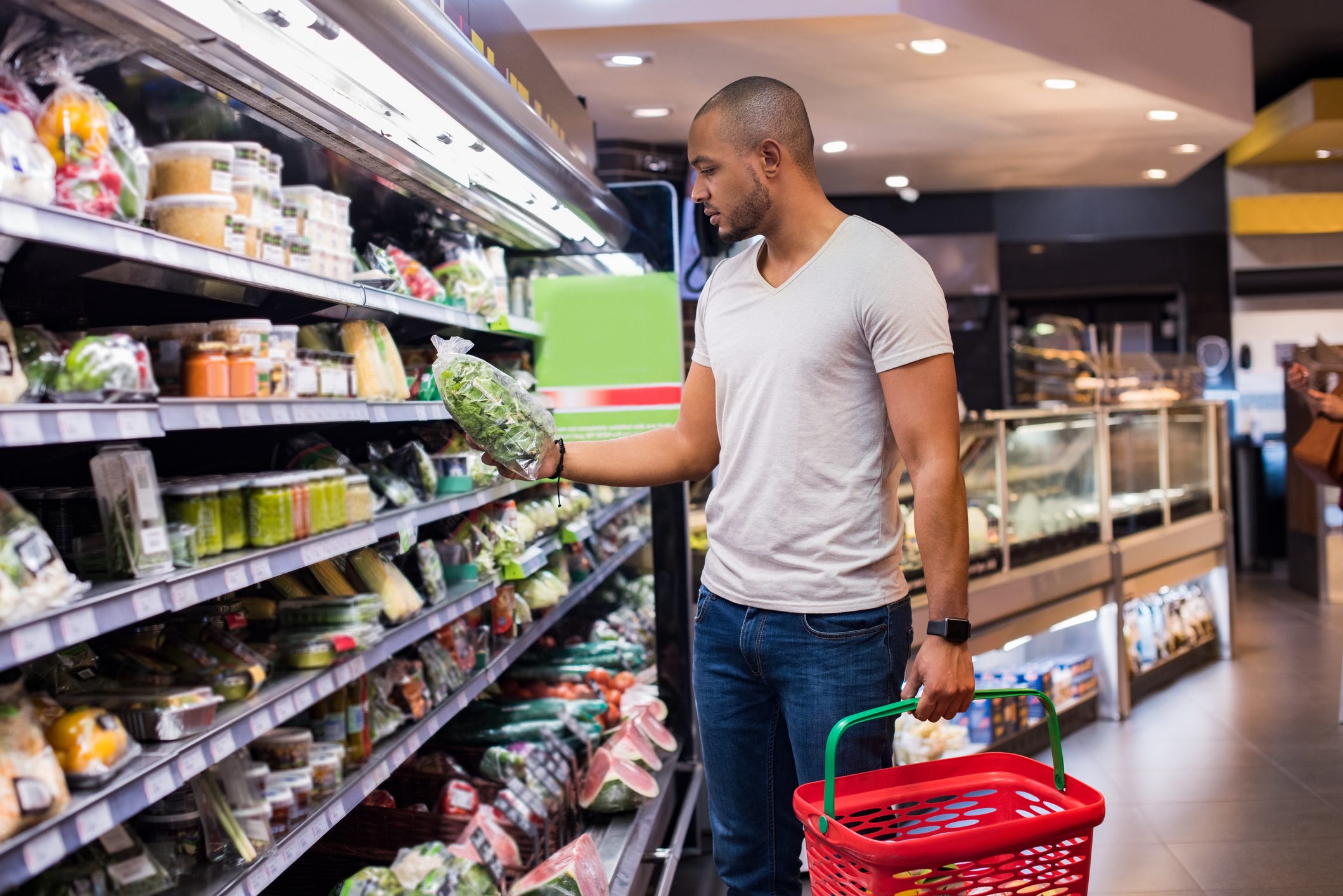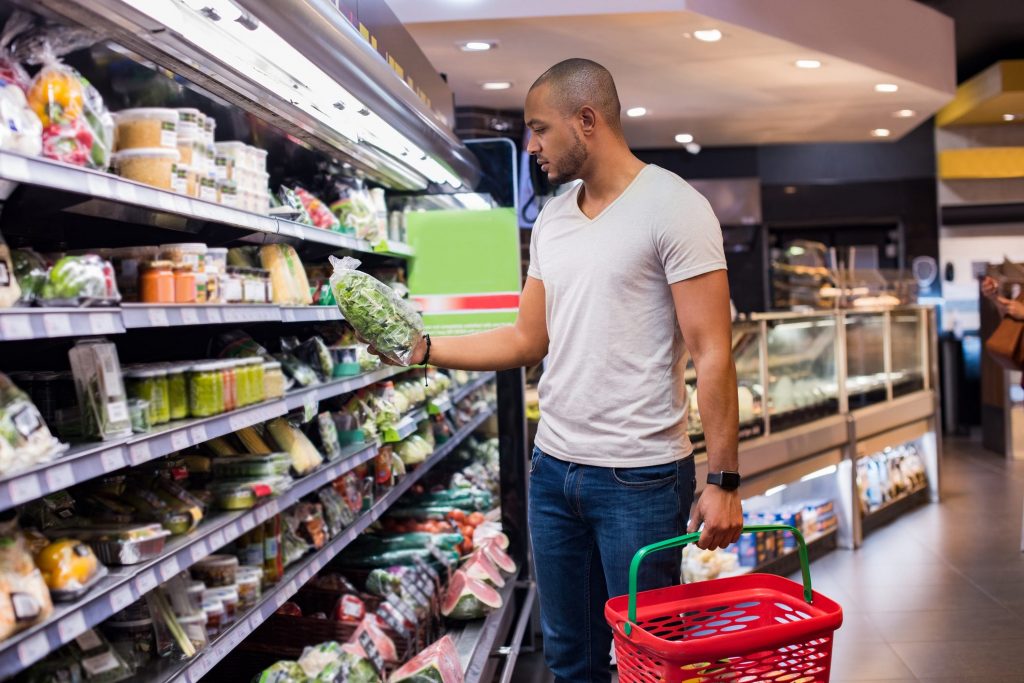
- People of color, rural households, and families without a college graduate are affected the most by inflation.
- These groups have less income, and are therefore more "exposed" to higher inflation, Bank of America said.
- Higher inflation adds to the financial strain the pandemic has already caused these groups.
Inflation is hurting Americans' wallets as it hits a 30-year-high in the United States — but people of color and rural households are feeling it the most.
Inflation has hurt lower-income families, families of color, and rural households more than other demographics, a Bank of America research report found last week. Breaking down demographics by race, geography, and income, the bank found that the "inflation shock" of 2021 has disproportionately affected the marginalized: Households without college graduates, African American, Hispanic and Latino communities, and those not living in cities have been spending more of their post-tax income on goods and services.
Those with less income and wealth are less likely to have savings to buffer the current inflation shock. Therefore, the hit to their spending power is greater.
But lower-income families are also more "exposed" to the goods with the most inflation, researchers wrote. The goods seeing the most price inflation include energy, food, cars, and household furnishings and supplies.
African American, Hispanic, and Latino households spent 7.1% of their post-tax income on energy, for instance, compared to 5.4% spent by other demographics. These same households spent 12.5% of their income on food, compared to 11.1% for everyone else. In total, BofA researchers said the spending power shock from these higher inflation categories was 4% for African American, Hispanic, and Latino groups, compared to 2.9% for everyone else.
The divide was similar for rural versus urban populations. The former experienced a shock of 5.2%, while the latter saw one of 3.5%.
"All of the high-inflation categories, particularly energy and new & used cars, make up a larger share of the consumption basket for rural households," researchers said. "They also earn and save less than urban households, and so inflation is a bigger drag on their income, and they have less buffer against the shock."
The researchers found that each of the four high-inflation categories makes up a larger share of the "consumption basket" for households in which no one is a college graduate.
"In total, they account for 35% of 2019 spending, compared to 28% for households in which someone has a college degree," they wrote. "The gap between the groups gets even larger (34% vs. 23%) when we look at spending in our high-inflation categories as a share of total income."
It's another sign of the K-shaped economic recovery in America
The report clarifies that the difference in impact of inflation between races is relatively small, but still notable when compared along income lines. "Inflation hurts lower-income households," it says. "Namely, less-educated and rural households, those with non-managerial workers and minorities – the most."
This conclusion lines up with general racial wealth gap data, which shows that Black Americans face the worst barriers to building wealth. The median white family had more than 10 times the wealth of the median Black family in 2016, for instance, according to the Fed's 2017 "Survey of Consumer Finances."
The findings about lower-income Americans being hit worse — as well as the divide between urban and rural populations — also reinforces what we know about disparities in financial recovery at this point of the pandemic.
Economists have described the current state of economic recovery as "K-shaped." That means that in the current recession, technology, retail, and software industries have recovered from the pandemic downturn, while travel, entertainment, hospitality, and food-services industries have continued to decline.
A K-shaped recovery reveals and worsens pre-existing wealth disparities. Essentially, higher income households are recovering, while lower income ones are continuing to struggle.
Inflation disproportionately affecting low-income households highlights pandemic financial trends: because these households are still suffering, their dollars are being stretched thinner by bloated food and energy prices.
